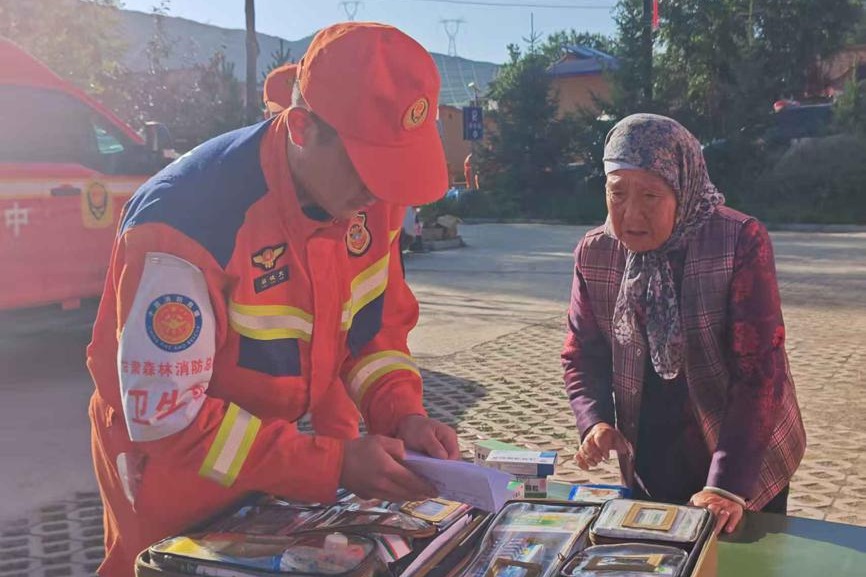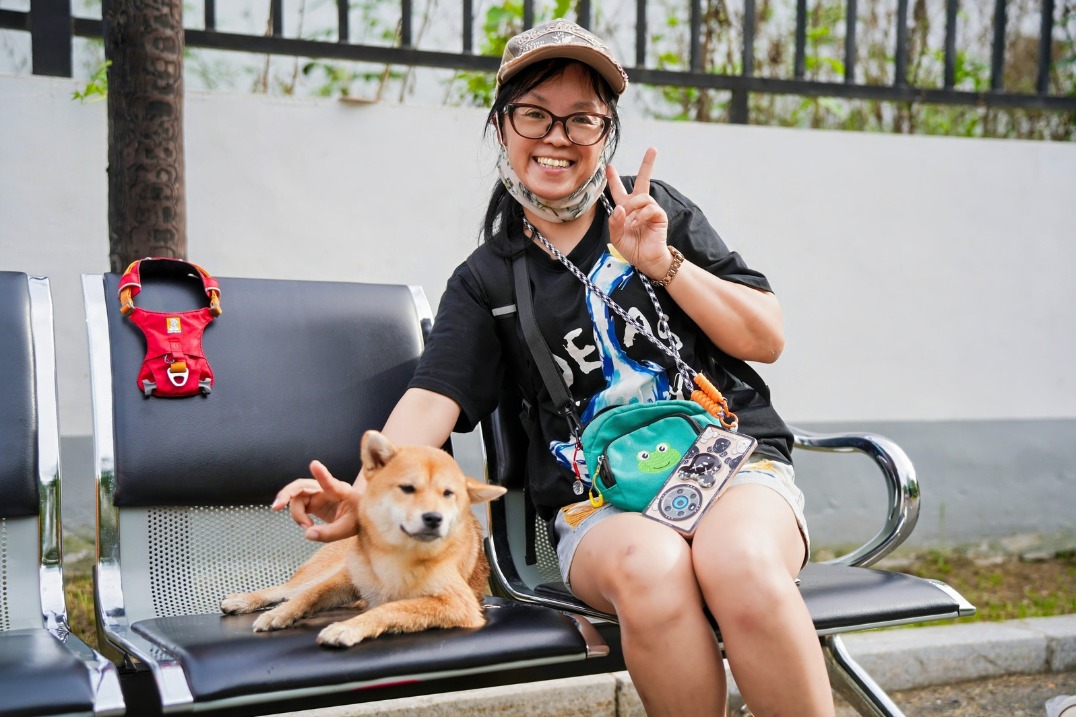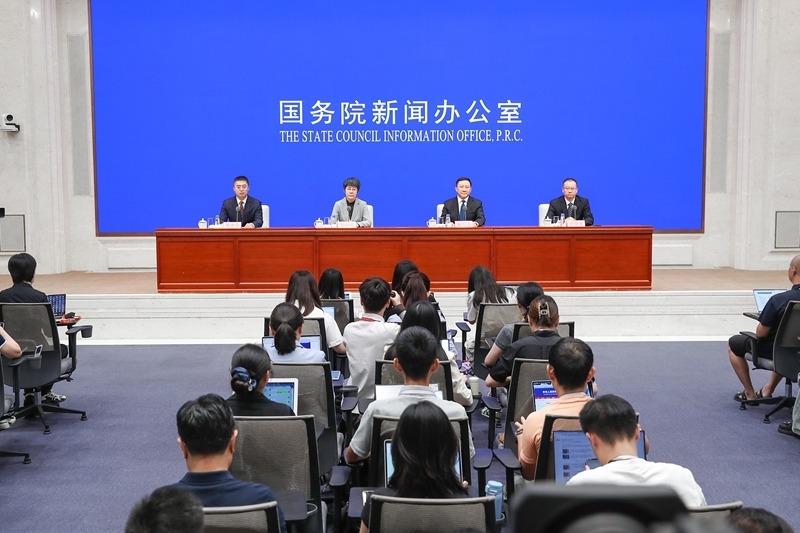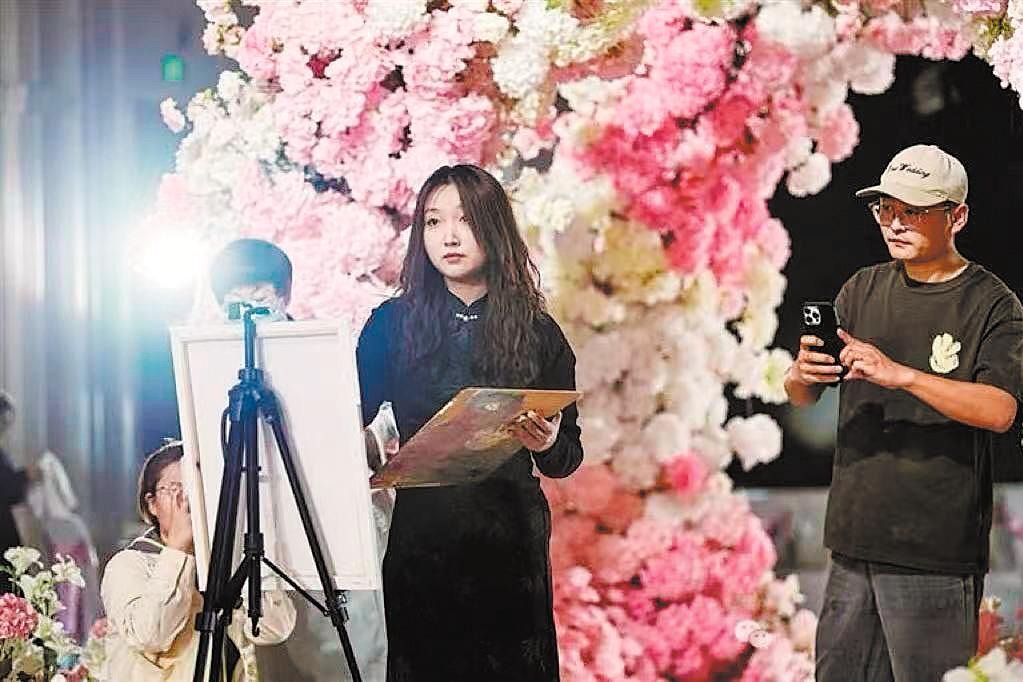Ties help bolster heritage protection
Sino-Egyptian team makes new finds at ancient temple site

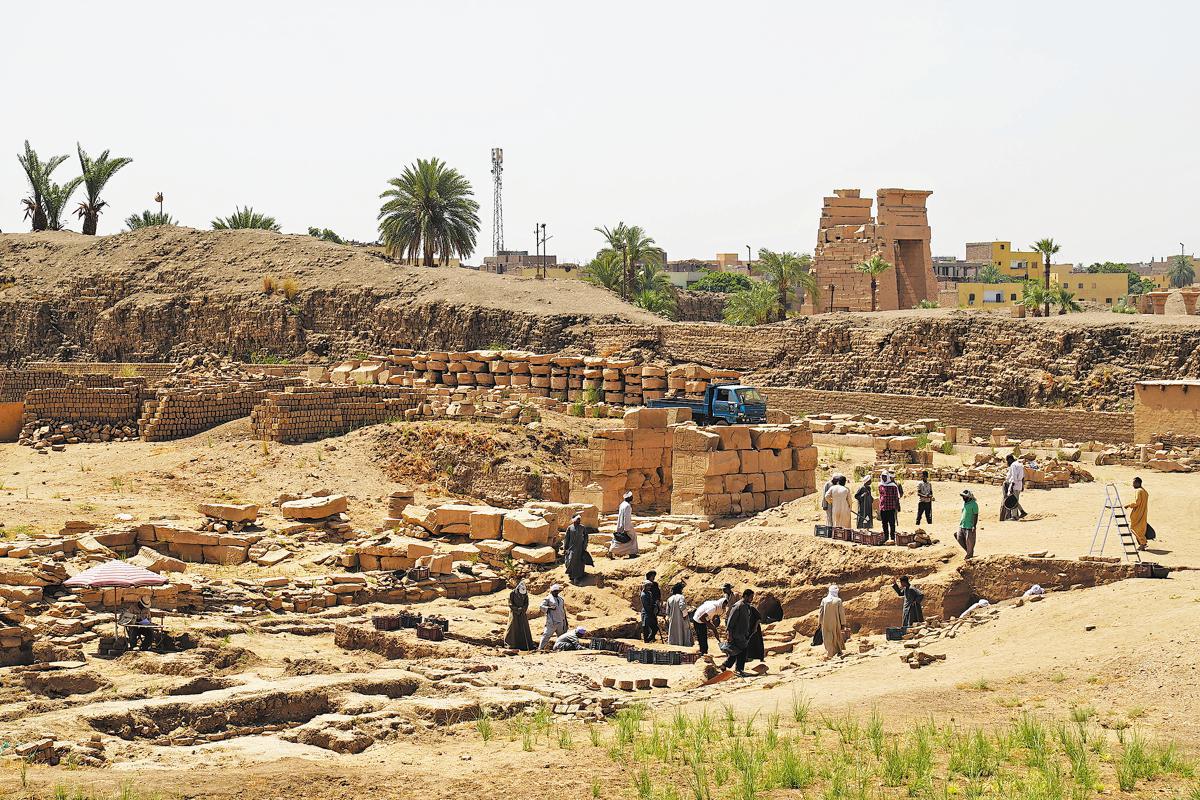
Saada Bakhid, a member of the joint mission and an archaeology official in Luxor, said that some significant discoveries have already been made at the temple over the past few years.
After the completion of the excavation of the enclosed Temple of Montu site, archaeological excavation will extend to surrounding areas, including neighboring villages, which belonged to the temple in ancient times, to get more information about the history of these areas, he said.
"We are interested to know everything. We expect to get the whole information about the buildings, the people living here, and priests working inside the temple, and the community around the temple, and how the ancient Egyptian people lived their lives," he said.
Luxor, known as Thebes in ancient Egypt, is dubbed the "world's greatest open-air museum", and has one of the world's oldest civilizations with cultural heritage such as the Karnak Temple and Luxor Temple, both UNESCO World Heritage sites, dating back more than 3,000 years.
While visiting Luxor in January 2016, President Xi Jinping said that its cultural heritage is the embodiment of ancient Egyptian civilization, and he called for intensified exchanges and mutual learning between the two great civilizations of China and Egypt.
On Jan 21, 2016, President Xi and Egyptian President Abdel Fattah El-Sisi attended the opening ceremony of the 2016 Chinese-Egyptian Culture Year at the square of the Luxor Temple.
- 'Intelligent, trendy' — meet the new kid
- More grads chart career paths in west of China
- Historical Chinese film about Nanjing Massacre breaks summer box office record
- Heroic man dies saving family from drowning in Hainan
- Heavy floods in Gansu province kill 15, 28 missing
- Vlogger's unforgettable toast at Qingdao beer festival
















